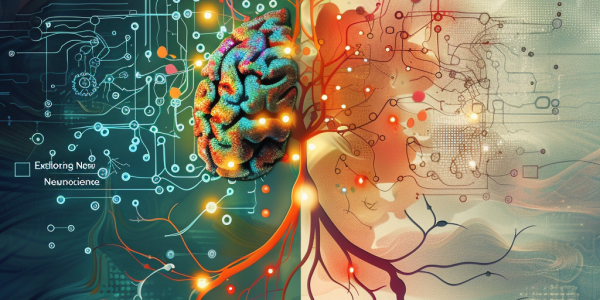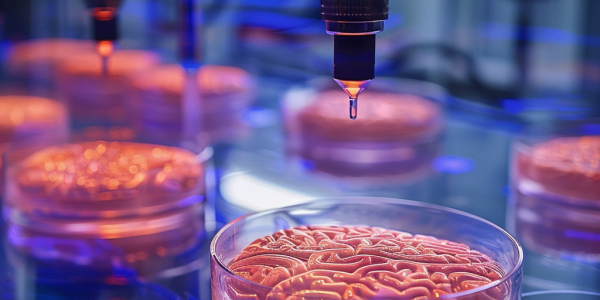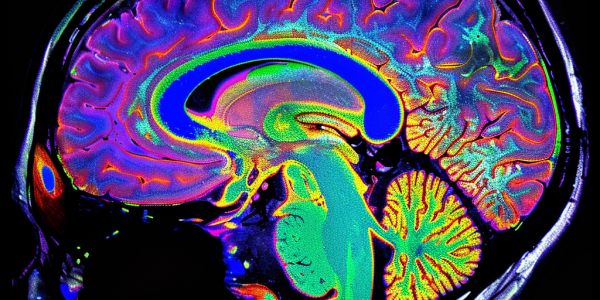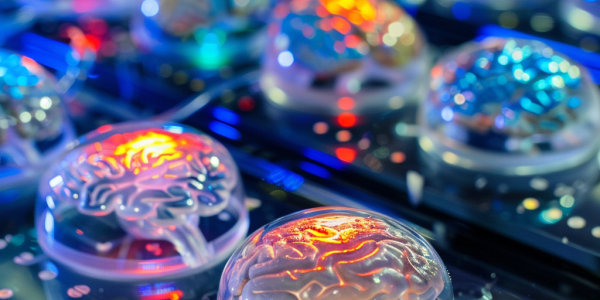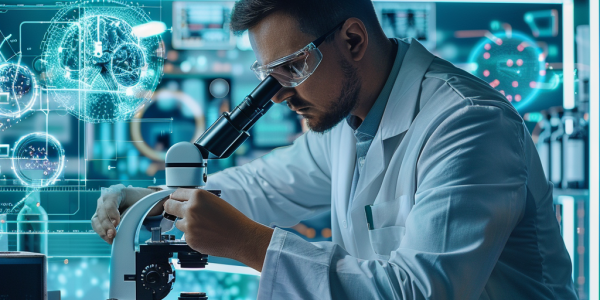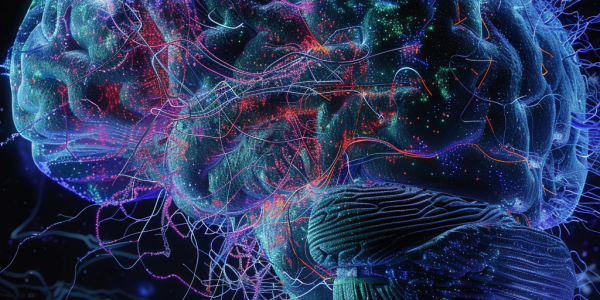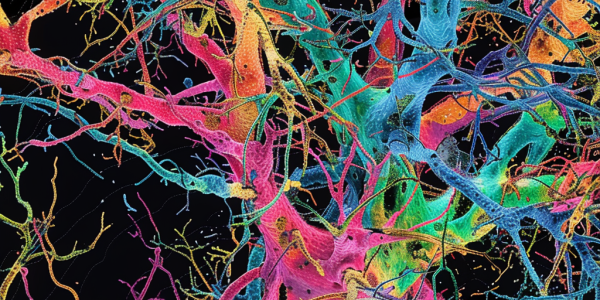Advancements in Neuroscience: New Insights from Drosophila Research
In the digital age, privacy is crucial for users on online platforms. Organizations use essential cookies for website functionality, while optional cookies enhance advertising and personalization. Users can manage cookie preferences to protect their data. Additionally, recent neuroscience advancements highlight the fruit fly, Drosophila melanogaster, in a groundbreaking study that identifies 8,453 distinct cell types, refining our understanding of neuronal diversity and connectivity.
Study Reveals Brain Mechanisms Behind Creative Thought
A groundbreaking study from the University of Utah Health and Baylor College of Medicine reveals the neurological basis of creativity, highlighting the role of the default mode network (DMN) in spontaneous thought. Published in the journal BRAIN, this research offers insights into enhancing creativity and potential interventions for mental health conditions. Understanding the DMN’s function during creative tasks could lead to significant advancements in psychology, education, and cognitive therapies.
Scientists Grow Human Brains in Laboratory Setting
Scientists have made a groundbreaking achievement in medical science by growing human brains in a laboratory. These lab-grown ‘minibrains’ offer a unique platform for drug testing and research, showcasing the potential of artificial organoids. By incorporating genetic diversity from multiple donors, these chimeroids provide a comprehensive model for studying the effects of various stimuli on the brain.
Google Researchers Complete Largest-Ever AI-Assisted Digital Reconstruction of Human Brain Tissue
Google’s Connectomics team completes the largest-ever AI-assisted digital reconstruction of human brain tissue, unveiling a groundbreaking map that offers new insights into brain complexities. The high-resolution map reveals intricate neuronal connections within just 1 cubic millimeter of brain tissue, leading to remarkable discoveries. Researchers now turn their focus to the mouse brain to unravel mysteries surrounding memory, recognition, sleep, and brain diseases. By creating comprehensive connectome maps, scientists aim to decode the complex puzzle of the human brain and advance neuroscience through innovative AI algorithms and imaging techniques.
Study Reveals How Human Brain Reacts to Emotional Visual Stimuli
A recent study published in Nature Communications explores how the occipital-temporal cortex in the human brain responds to emotional visual stimuli. Researchers found that this region co-represents semantic and affective features of images, influencing behavioral responses. Understanding these neural processes could have important implications for psychology, neuroscience, and cognitive science.
Revolutionizing Brain Research with 3D ‘Village in a Dish’ Organoids
Researchers have achieved a groundbreaking milestone in brain research by growing 3D models of the brain containing a diverse range of cell types from multiple individuals. These ‘village in a dish’ organoids have the potential to reveal how the brain responds to drugs among different people. The chimeric cultures, known as Chimeroids, combine cells from up to five donors and could revolutionize drug testing processes. This innovative technology offers a powerful tool for studying organ development and function, particularly in the intricate and slow-growing brain organoids.
Revolutionizing Neuroscience: Bit.bio Launches ioAstrocytes
Discover how bit.bio’s groundbreaking technology, ioAstrocytes, is revolutionizing neuroscience research by providing a more accurate and detailed model of the human brain. Learn how this innovative tool is set to accelerate progress in understanding brain function and developing new therapies for neurological disorders.
Sound Stimulation Improves Sleep in Individuals with Dementia, Study Finds
Learn how sound stimulation targeting alpha rhythms can improve sleep for individuals with dementia. Researchers utilized Alpha Closed-Loop Auditory Stimulation to explore the brain’s response and found promising results in altering alpha rhythms. This innovative study highlights the potential of sound therapy as a non-invasive method to enhance sleep quality for those with dementia.
Revolutionizing Neuroscience: MIT Researchers Develop Technology for 3D Imaging of Entire Human Brain Hemispheres
Exciting advancements in neuroscience research have been made as a team of researchers from MIT successfully developed a technology pipeline for 3D imaging of entire human brain hemispheres at subcellular resolution. This groundbreaking achievement opens up new possibilities for studying the intricacies of the human brain in health and disease, offering new insights into neurodegenerative diseases like Alzheimer’s.
Groundbreaking Discovery in Neuroscience Reveals Unseen Details of Human Brain Structure
Researchers have made a groundbreaking discovery in neuroscience, revealing unseen details of the human brain’s structure using electron microscopy. The study unveiled over 57,000 cells, including neurons, glial cells, and oligodendrocytes, in a cubic millimeter-sized brain tissue sample. This research sheds new light on the intricate connections within the human brain and emphasizes the importance of high-resolution imaging techniques in advancing our understanding of brain structure and function.

